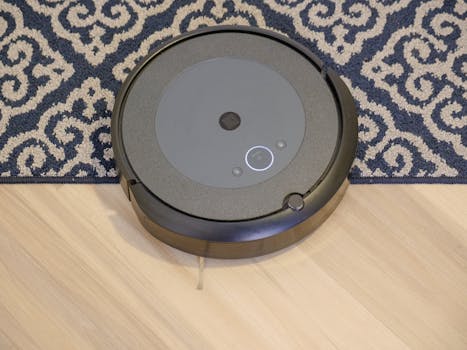
Smart Homes and Smart Living: The Technological Transformation of European Homes by 2025
Smart Homes and Smart Living are revolutionizing the way Europeans live, with a projected transformation of homes by 2025. The concept of smart homes and smart living is not just about introducing new gadgets and devices, but about creating a holistic and integrated living experience that enhances the quality of life, increases energy efficiency, and provides a sustainable future.
Introduction to Smart Homes and Smart Living
Smart homes and smart living refer to the integration of technology and automation in homes to create a more comfortable, convenient, and sustainable living environment. This includes the use of devices such as thermostats, lights, security cameras, and home appliances that can be controlled remotely through a smartphone or voice assistant.
Technological Advancements Driving Smart Homes and Smart Living
Several technological advancements are driving the growth of smart homes and smart living in Europe. These include:
- Internet of Things (IoT): The IoT refers to the network of physical devices, vehicles, home appliances, and other items that are embedded with sensors, software, and connectivity, allowing them to collect and exchange data.
- Artificial Intelligence (AI): AI is being used in smart homes to learn the habits and preferences of occupants and adjust the living environment accordingly.
- 5G Network: The rollout of 5G networks in Europe is providing faster and more reliable internet connectivity, enabling the seamless integration of smart devices and applications.
- Energy Harvesting: Energy harvesting technologies, such as solar and wind power, are becoming increasingly popular in smart homes, providing a sustainable source of energy.
Impact of Smart Homes and Smart Living on Daily Life
Smart homes and smart living are having a significant impact on daily life, from enhancing comfort and convenience to improving energy efficiency and sustainability. Some of the benefits of smart homes and smart living include:
- Increased Comfort: Smart homes can adjust the temperature, lighting, and entertainment systems to create a comfortable living environment.
- Improved Energy Efficiency: Smart homes can optimize energy consumption by automatically turning off lights, appliances, and electronics when not in use.
- Enhanced Security: Smart homes can be equipped with security cameras, motion detectors, and alarm systems that can be monitored remotely.
- Convenience: Smart homes can be controlled remotely, allowing occupants to adjust the living environment from anywhere.
Challenges and Limitations of Smart Homes and Smart Living
While smart homes and smart living offer many benefits, there are also challenges and limitations to be considered. These include:
- Cost: Smart home devices and systems can be expensive, making them inaccessible to many people.
- Complexity: Smart home systems can be complex to install and operate, requiring technical expertise.
- Security: Smart homes can be vulnerable to cyber threats, compromising the security and privacy of occupants.
- Interoperability: Different smart devices and systems may not be compatible, limiting their functionality and usability.
Conclusion
Smart homes and smart living are transforming the way Europeans live, with a projected transformation of homes by 2025. While there are challenges and limitations to be addressed, the benefits of smart homes and smart living, including increased comfort, improved energy efficiency, and enhanced security, make them an attractive and sustainable option for the future.




